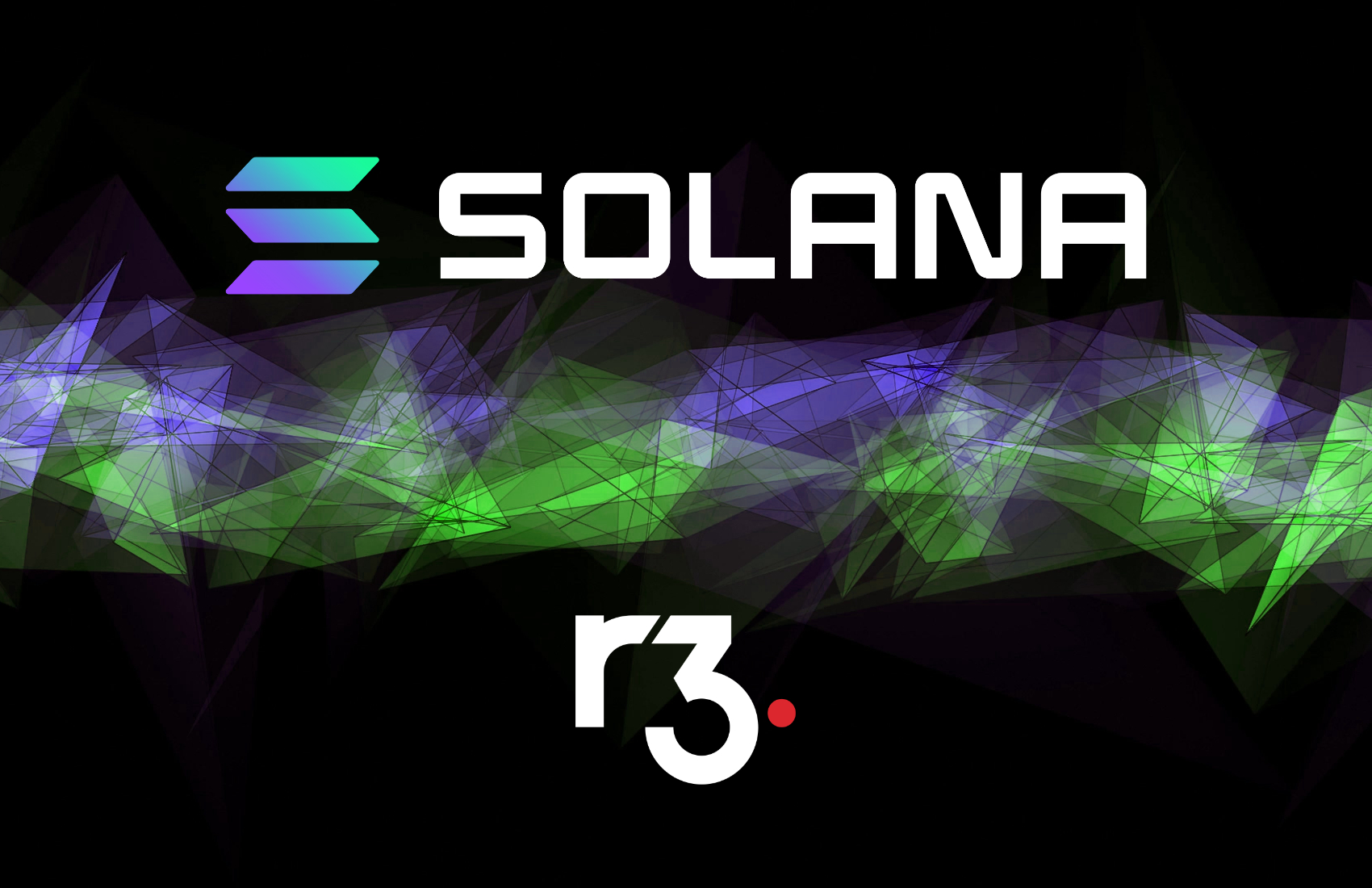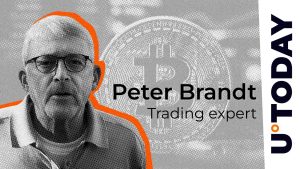Enterprise blockchain firm R3 has announced a strategic collaboration with Solana Foundation to bridge its permissioned Corda platform with Solana’s permissionless blockchain network. The partnership marks a significant shift for R3, which will develop an enterprise-grade consensus service directly on Solana’s Layer 1 network, enabling regulated financial institutions to access public blockchain infrastructure while maintaining compliance requirements for real world asset (RWA) tokenization.
The collaboration involves appointing Lily Liu, President of the Solana Foundation, to R3’s board of directors – a move that hints at deeper strategic alignment between the companies. R3 will bring its ecosystem of regulated assets on-chain across its platforms to Solana’s network, potentially unlocking new liquidity and settlement options for traditional financial institutions and their more than $10 billion in on chain assets.
Strategic timing amid regulatory shifts
The partnership comes as R3 has been exploring strategic options including potential investment or sale. Bloomberg reported in October 2024 that R3 held early talks with representatives of Ava Labs, the Solana Foundation and Adhara about a potential minority investment, joint venture or outright sale. While there’s no acknowledgement of a Solana investment in R3, Liu’s board appointment suggests deeper collaboration than a typical technology partnership. This is reinforced by the full time return of founding Chief Technology Officer Richard Brown.
The timing aligns with evolving regulatory attitudes toward public blockchains. Ten industry bodies representing incumbent institutions have written to the Basel Committee on Banking Supervision requesting that it revisit its standard for the treatment of crypto-assets, particularly the classification of any tokenized assets issued on permissionless blockchains as high risk. Banks currently face prohibitive capital requirements for such assets, but this regulatory landscape could shift.
R3 services both banks and financial infrastructure providers, with banks remaining more constrained in their public blockchain engagement. However, other financial infrastructure companies face fewer restrictions, and the banking situation could evolve as regulatory frameworks mature. The partnership positions R3 to serve both constituencies as market conditions change.
R3’s Corda platform already underpins significant institutional DLT initiatives, including the HQLAX digital collateral solution, where Clearstream serves as the trusted service provider. Jens Hachmeister, Head of Issuer Services & New Digital Markets at Clearstream, emphasized the broader implications: “The convergence of public and private blockchains is no longer a future promise – it’s happening now. This is a generational shift in how value moves, and a compelling moment for any institution looking to enter the crypto space. We’re excited for what’s ahead.”
Technical convergence and market dynamics
The collaboration will create a consensus service deployed on Solana to enable native interoperability between R3’s existing Corda platform and Solana, bridging the gap between permissioned and public blockchain ecosystems. This approach differs from traditional interoperability solutions by allowing private Corda transactions to be confirmed directly on Solana’s mainnet replacing Corda notary nodes. Additionally, Corda-based assets can use Solana stablecoins for settlement and there will be a bridge for assets from Corda private chains to Solana, according to a blog post.
R3 CEO David Rutter, who has historically been critical of Ethereum, selected Solana following what the company described as an extensive evaluation of decentralized protocols. The choice may reflect both technical considerations and Rutter’s past skepticism of Ethereum, particularly after JP Morgan’s early interest in R3 shifted toward a permissioned version of Ethereum.
Rutter framed the partnership as a pragmatic response to market realities: “We know DeFi isn’t coming to TradFi, so it’s up to us to build the connective infrastructure that links these two ecosystems. This is about adapting to deliver real-world utility, institutional-grade readiness, and shaping the long-term future of regulated markets.”
The partnership represents a strategic response to market forces pulling institutional finance toward public blockchain infrastructure, while acknowledging the compliance and control requirements that have made permissioned networks attractive to regulated institutions.










